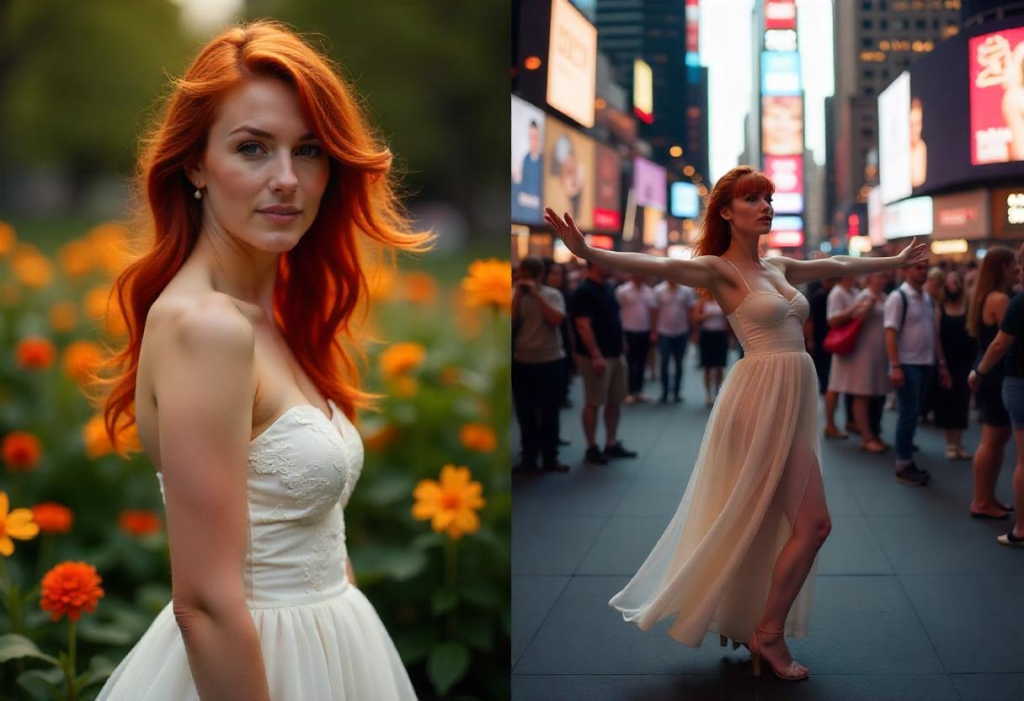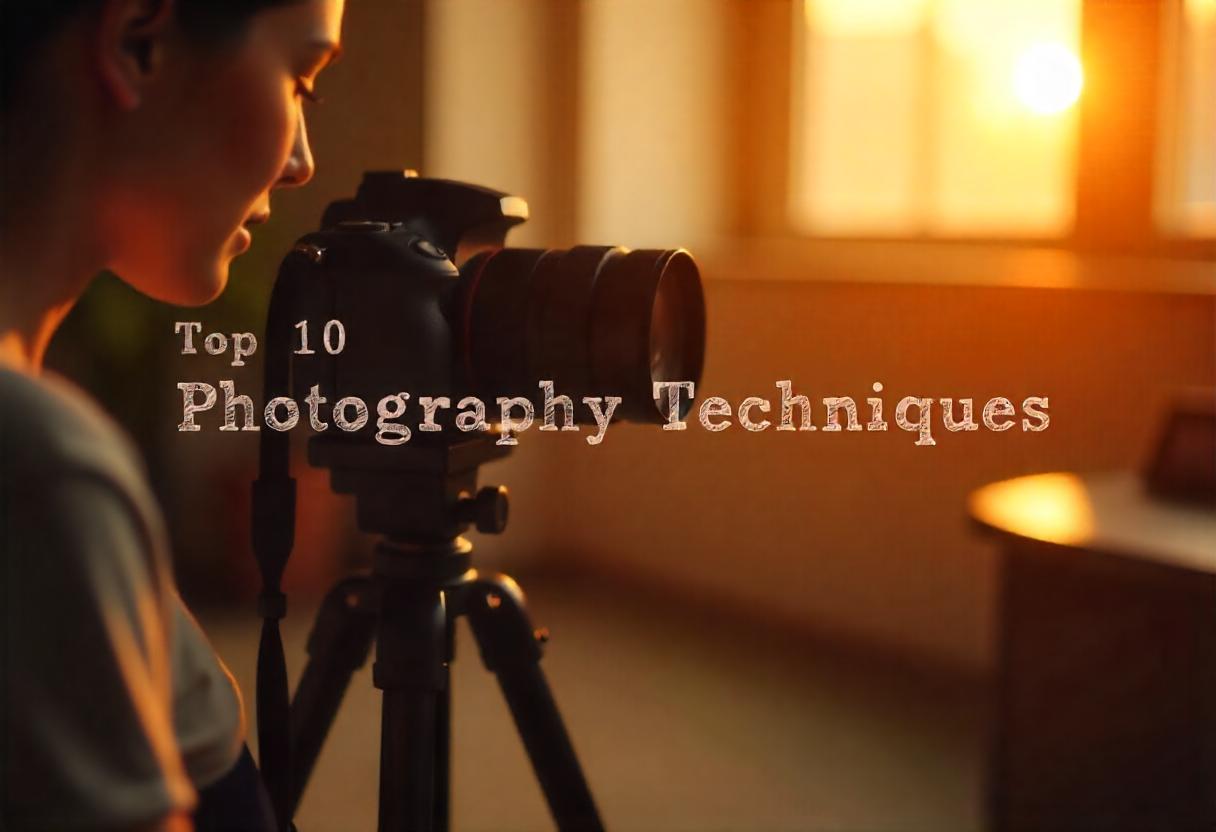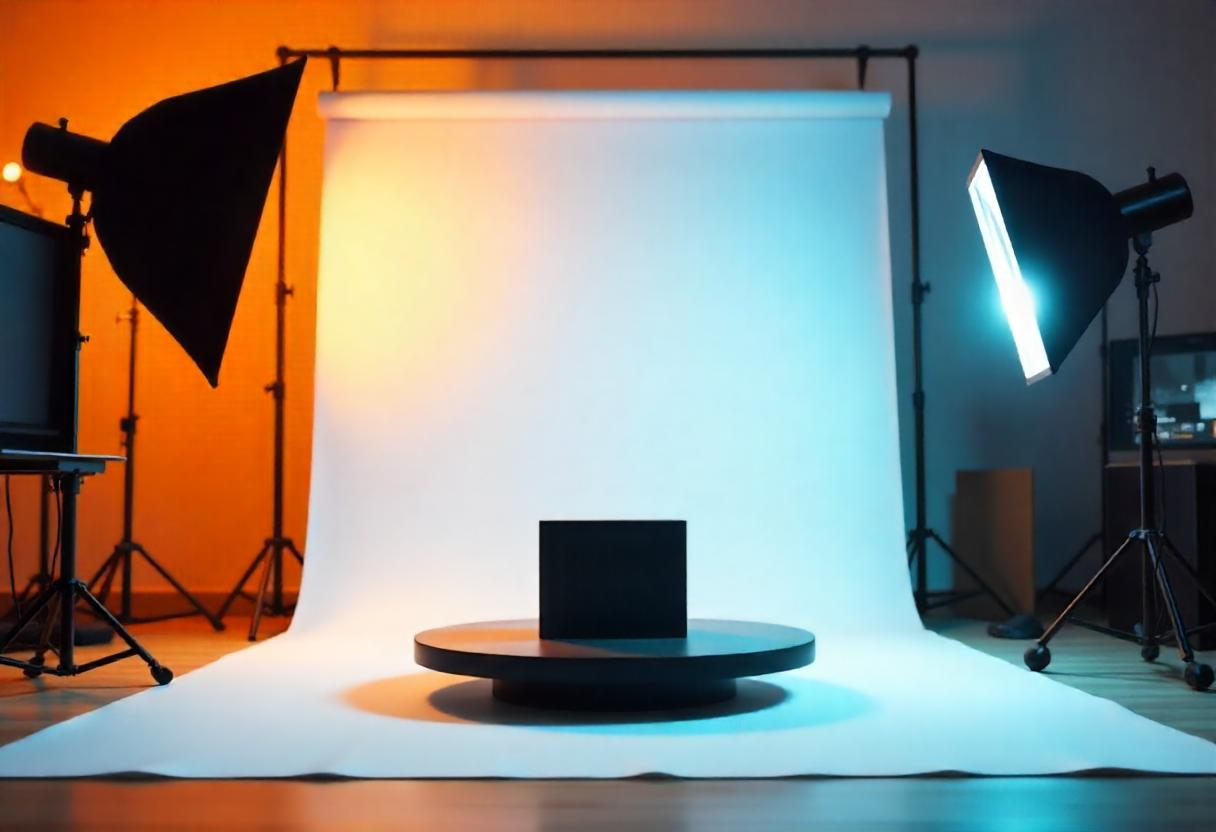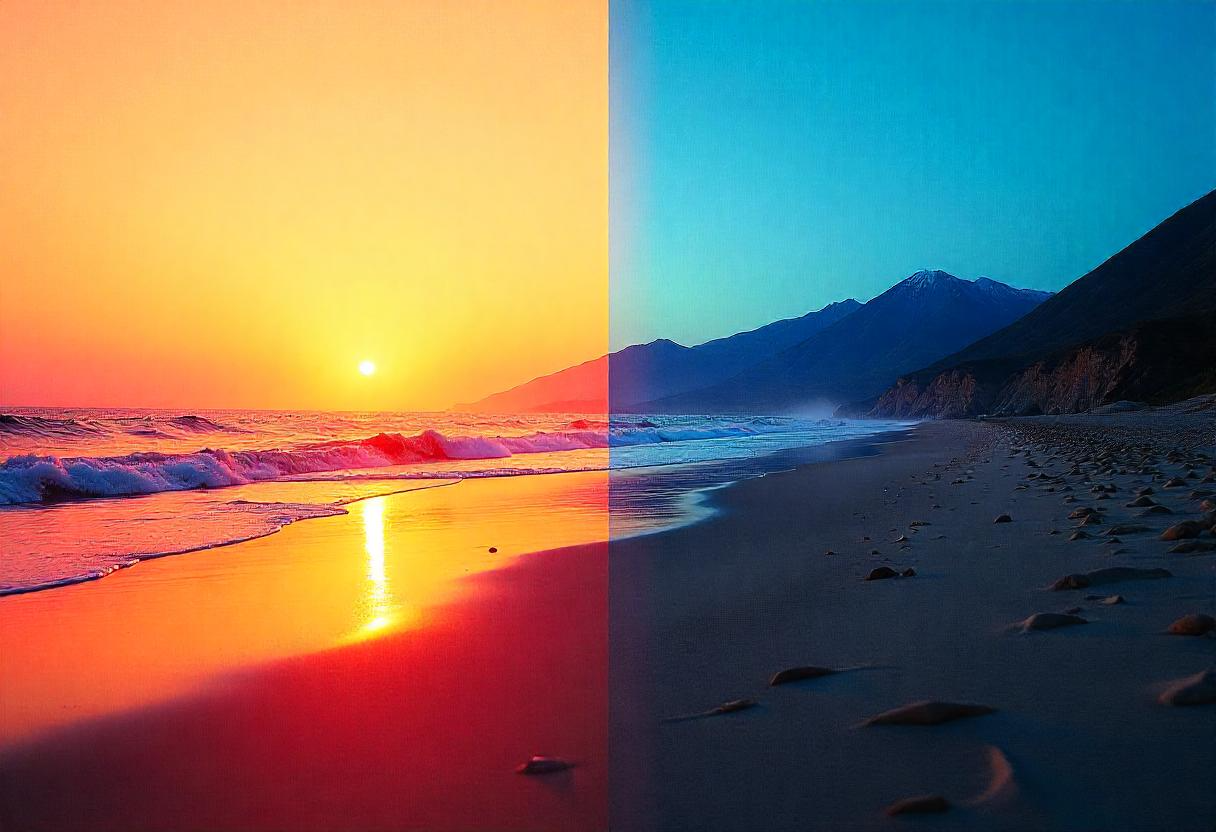Portrait vs. Candid: What’s Your Photography Style?
Portrait and Candid are two of the most popular genres in photography today.
Portrait photography is all about capturing identity and personality through expressions and elements that add to that, while Candid photography focuses on capturing authentic reactions, emotions, and moments.
This article will take you through the different characteristics and techniques in portrait vs. candid photography, and discover your style.
What Is Portrait Photography?
Portrait photography is a genre that aims to capture the essence of a person’s or a group of people’s identity, personality, beliefs, thought processes, and character.
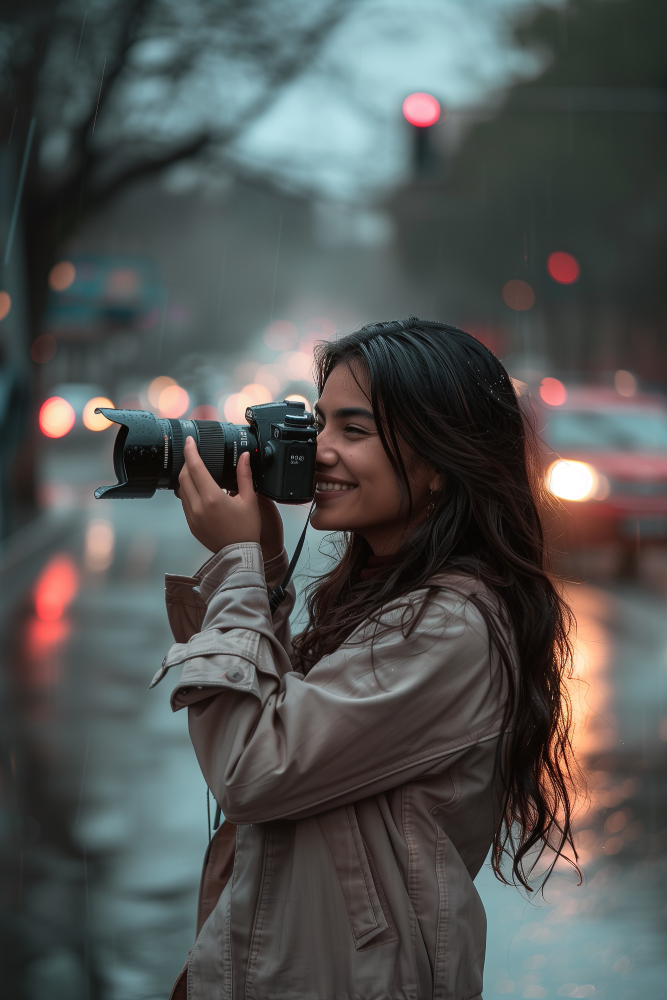
Do you want free career counseling?
Ignite Your Ambitions- Seize the Opportunity for a Free Career Counseling Session.
- 30+ Years in Education
- 250+ Faculties
- 30K+ Alumni Network
- 10th in World Ranking
- 1000+ Celebrity
- 120+ Countries Students Enrolled
Portraits are one of the most significant styles used to draw upon human emotions, depict feelings and thoughts that can’t be conjured in words, and express oneself using different concepts.
Read Also: A Complete Guide to Capture Aesthetically Pleasing Photos
Photographers can explore a variety of portrait styles, such as traditional, environmental, candid, and creative. Each style has to be carefully selected depending on the context and the idea behind the composition.
Book Now →
What Is Candid Photography?
Candid Photography is natural and unposed and creates a ‘slice-of-life’ moment, which often makes the style relatable to the audience.
It is all about preserving an important moment with authentic expressions and reactions. Photographers can capture wide-angle shots of streets and cityscapes or portraits that showcase the true emotions of the person at the moment, freezing them in time.
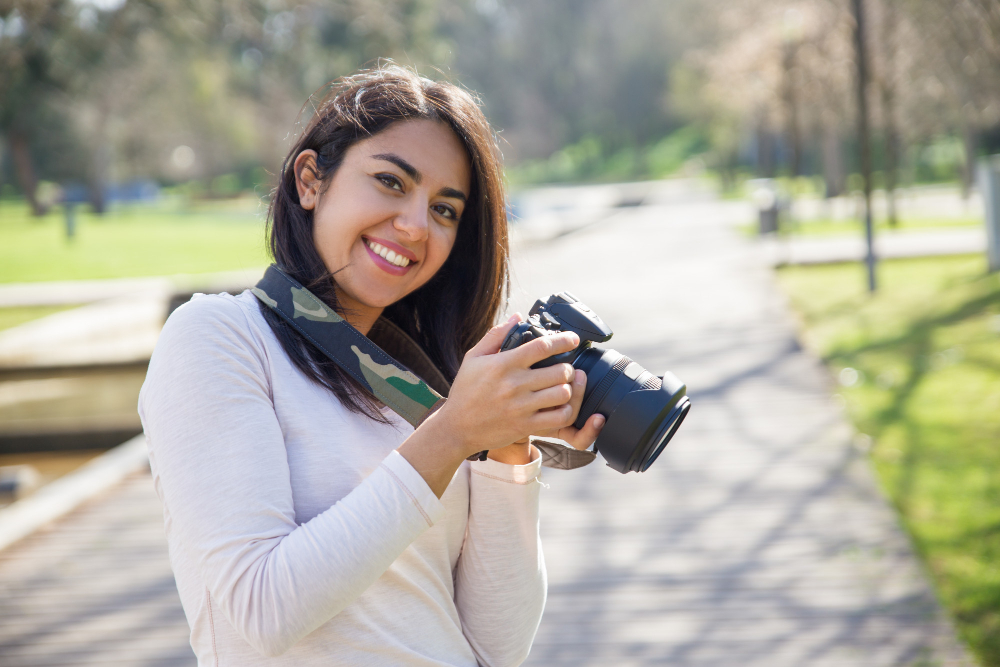
Read Also: Top 10 Photography Instagram Accounts to Follow
Do you want free career counseling?
Ignite Your Ambitions- Seize the Opportunity for a Free Career Counseling Session.Portrait Vs. Candid Photography – What are the Key Differences?
Portrait and Candid photography are two distinct styles; however, they can sometimes overlap in terms of concept, shot type, and style.
The following table provides a summary of the two niches –
| Parameters | Portrait Photography | Candid Photography |
| Style | Portrait photography is often planned, posed, and controlled. | Candid Photography relies on unposed and spontaneous clicks that capture authentic expressions of the people being photographed. |
| What Does The Photographer Do? | The photographer comes up with concepts, plans the set, and directs the photoshoot. | The photographer’s main role is to blend into the environment and wait for the perfect moment to press the shutter button. |
| Subject Involvement | The subject plays an active role and is highly involved in the shoot. | The subject is not always aware of the photos being taken, resulting in minimal to no interaction with the photographers. |
| Lighting | Depending on the concept, photographers can choose to shoot in natural or artificial light using advanced lighting gear. | Usually shot in natural and available light using minimal lighting gear. |
| Time Taken | There’s no time spent waiting for the right subject. Photographers can, however, take a lot of time perfecting one single shot, taking and retaking. | Photographers might have to wait a long time before they can get the right moment. The time taken to click a photo is relatively less, and multiple frames can be taken in quick succession. |
| Gear Used | DSLR or Mirrorless Cameras with full-frame sensorsPrime Lenses (50mm)External Flashes, Ring Lights, and reflectors. | Compact Mirrorless camerasWide Angle, Zoom, or Standard Lenses (28mm – 50mm)Silent Shutters, Tripods, Extra Batteries, and Fast SD cards. |
| Location | Can be outdoors or in a studio setting. | Usually outdoors, but can be indoors in case of functions (like weddings, birthday parties) that require candid photography. |
Read Also: Aerial Photography 101: Techniques, Tools, and Applications
Storytelling and Emotional Impact
While both Portrait and Candid photography are used for storytelling purposes and have considerable emotional impact, the way they are planned and perceived can be significantly different.
Take a look at the table below for a breakdown of the factors that influence the storytelling and emotional aspects in these styles.
| Factors | Portrait Photography | Candid Photography |
| Emotional Depth | Portraits capture human emotions through facial expressions and body language, which can be incredibly effective in conveying to the audience. | Candid Photography captures genuine human emotions. In street candids, photographers can capture different emotions in one frame, making it realistic and enhancing the storytelling component. |
| Visual Narrative | The visual narrative is often curated through set, carefully planned makeup, background, and lighting. The photographer plans and directs the emotions of the viewer through these aspects. | The visual narrative slowly forms itself as the photographer discovers new frames. Although the subjects and elements are not guided, the photographer still has some control over which elements to highlight and how to capture the subject. The response to these frames, however, is not entirely guided but an individual reaction to the composition. |
| Framing and Composition | Elements, including colors, are carefully planned and placed, and tweaked according to the requirement to guide the viewer’s gaze and their feelings. | While the elements in a frame are not placed to form a composition, the photographer selects a frame and location based on what they want to include in their frames, evoking emotions and genuine connection among the viewers. |
| Relatability and Resonance | Portraits foster deep engagement and empathy, but can sometimes be subjective depending on the context and type of photoshoot. | Candid shots are spontaneous and present a realistic picture, allowing the audience to resonate with the scene and find it relatable. |
Portrait Vs. Candid – How to Decide the Ideal Photography Style for You?
As a photographer, you might be tempted to select a niche and specialize in it as soon as you can (although, you can totally take it slow!).
While the thought of it can seem a little overwhelming, it’s just a series of steps that you need to thoroughly follow to select a genre and determine your ideal photography style.
We have prepared a brief, easy-to-follow, step-by-step guide so you can decide what’s best for you.
- Try Out Both The Styles
The best way to decide what works for you is to simply experiment with portrait and candid photography. Get your cameras out and take photos in both styles without limiting yourself.
Read Also: Mastering Motion Blur Photography: A Creative Guide for Beginners
As a beginner, it might take a while to find your true calling, but taking more photos, planning for shoots, and being in the field will allow you to understand your craft better and pick a genre.
- Explore Different Techniques
There’s no single technique that works for everyone. The key is to explore different techniques like experimenting with the depth of field, using long exposures, or trying different perspectives and camera angles.
Once you figure out what technique you are comfortable with, you can see if they align more with portrait photography or candid photography, and then make a decision.
- Analyze Your Inspirations
Do you like planning conceptual portrait shots? Are you into exploring new places and finding the right nook for your photography? What references do you look up for inspiration?
Understand what inspires you and which photographers’ work you like. Look for common elements and try to gauge what style your inspirations sync with.
- Look For Recurring Patterns
Once you understand your inspirations, you will notice recurring patterns in them. This doesn’t mean the inspirations are repetitive. It means there are some common elements in the photographs or inspirations you lean towards that you can optimize to carve out a unique personal style.
- What Makes You Happy?
Ask yourself what makes you happy? What kind of subjects or compositions do you want to capture more? Do you like shooting indoors or outdoors? What kind of photos do you want your audience to associate you with?
Look for things that excite you while planning or shooting.
Understanding what makes you truly happy and feel in your element will help you decide the right path for yourself.
How to Embrace The Best of Both Styles?
There’s no hurry to find ‘the one’ style that suits you just yet. If you still feel that you enjoy both candid and portrait photography and want to experiment with both, a middle ground that combines the best of both styles might be your solution.
Read Also: What is Portrait Photography: Key Tips & Techniques?
- Capture the transition from posed to unposed. You can, for example, take a posed portrait and then capture the next moment when the model breaks the pose and returns to their natural state afterward.
- Try candid portrait photography. You can interact with the model, help them feel comfortable in the setting, and proceed to capture their genuine emotions and expressions in that moment.
- Move around the subject to find the perfect angles for both styles.
- Use a variety of composition techniques to highlight different aspects while capturing portraits and candid shots and weave a beautiful story through a series of photographs.
Conclusion
Candid and Portrait are both widely popular photography styles. Understanding the characteristics, tools, and techniques in portrait vs. candid photography will expand your creative horizons, and help you make informed career choices for yourself.
If you are excited about starting a career in photography, exploring different genres, and compiling an impactful and relevant portfolio, check out the Professional Photography course offered by AAFT, Noida and kickstart your journey.

AAFT has been providing the world with limitless creativity and expression since 1993! Through a dynamic and industry-driven curriculum, AAFT provides engaging and captivating articles to persuasive blogs and empowers its readers to explore diverse avenues of creative media education-related content.


